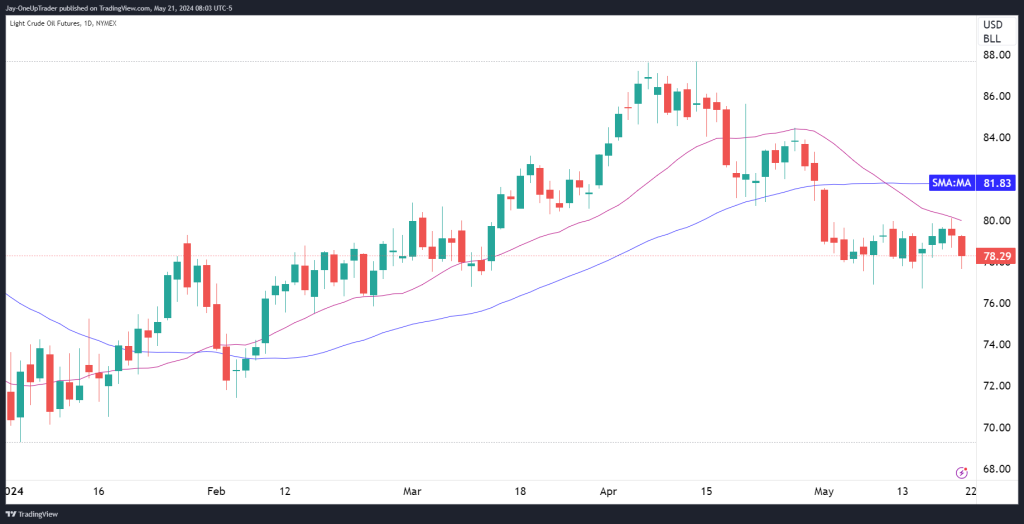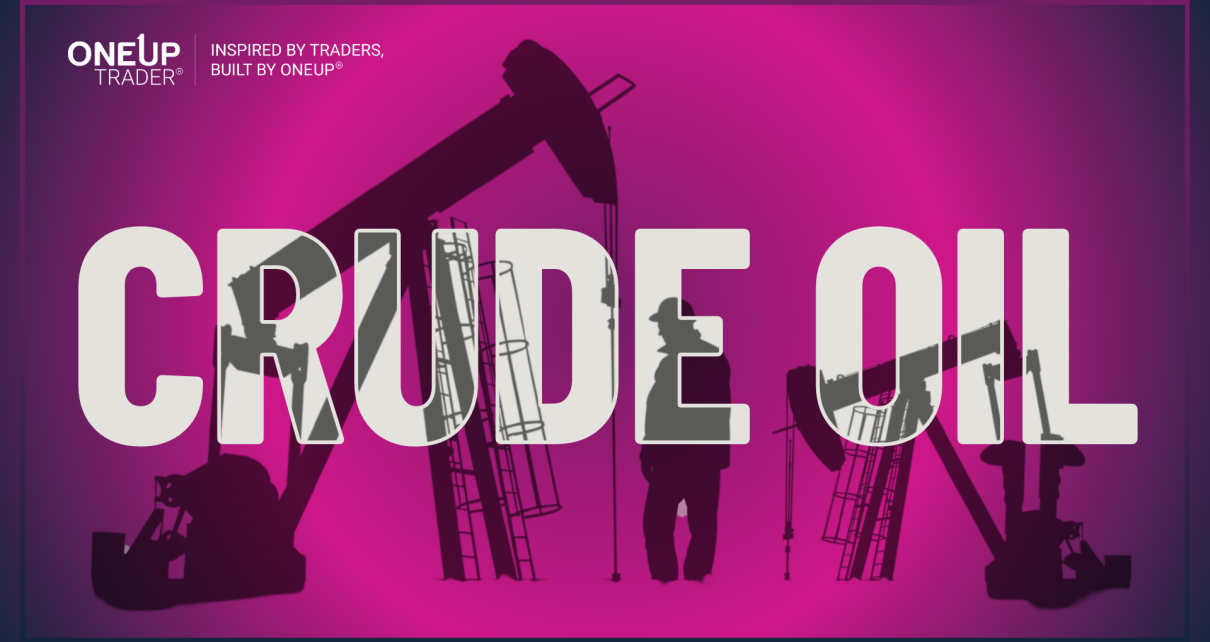Price Trends
In 2024, the average price of Brent crude oil was around $82 per barrel, which is similar to the average in 2023. West Texas Intermediate (WTI) has also seen a comparable average, with current prices around $79 per barrel. Notably, prices have experienced short-term peaks and declines, with Brent crude hitting a high of $94 per barrel in September before settling back down (EIA Energy Info) (Fidelity).
Below is an interesting chart for crude oil price adjusted for inflation:

Supply and Demand Dynamics
Global oil supply is projected to rise by 1.5 million barrels per day (mb/d) to a record high of 103.5 mb/d in 2024. This increase is primarily driven by production gains in the Americas, including the United States, Brazil, Guyana, and Canada. Meanwhile, global oil demand is expected to grow by 1.2 mb/d, a slower rate compared to previous years due to the maturing post-COVID economic recovery and improvements in energy efficiency (IEA) (euronews).
Market Sentiment and Outlook
The outlook for crude oil prices in 2024 suggests a balanced market, with a tendency for prices to remain stable or trend slightly downwards. Analysts forecast Brent crude to average between $80 to $85 per barrel for the year. This forecast takes into account the potential for economic slowdowns and the cautious stance of OPEC+ in managing supply (EIA Energy Info) (euronews).

Investment and Production Trends
Investment in oil production, particularly in international and offshore projects, has been on the rise, although it will take time for new supplies to come online. In the U.S., shale oil production is expected to grow at a slower pace due to higher production costs and the maturity of shale regions. OPEC+ continues to play a crucial role in stabilizing prices by adjusting output to prevent oversupply (Fidelity).
Key Takeaways
- Average Price: Brent crude around $82 per barrel; WTI around $79 per barrel.
- Supply Increase: Driven by non-OPEC countries, especially in the Americas.
- Demand Growth: Slower than previous years, influenced by energy efficiency and economic conditions.
- Geopolitical Risks: Ongoing tensions in the Middle East could impact supply routes.
- Investment Trends: Increasing investment in production, but new supplies will take time to materialize.
For more detailed information, you can visit sources like the IEA Oil Market Report, the U.S. Energy Information Administration (EIA), and Euronews.




